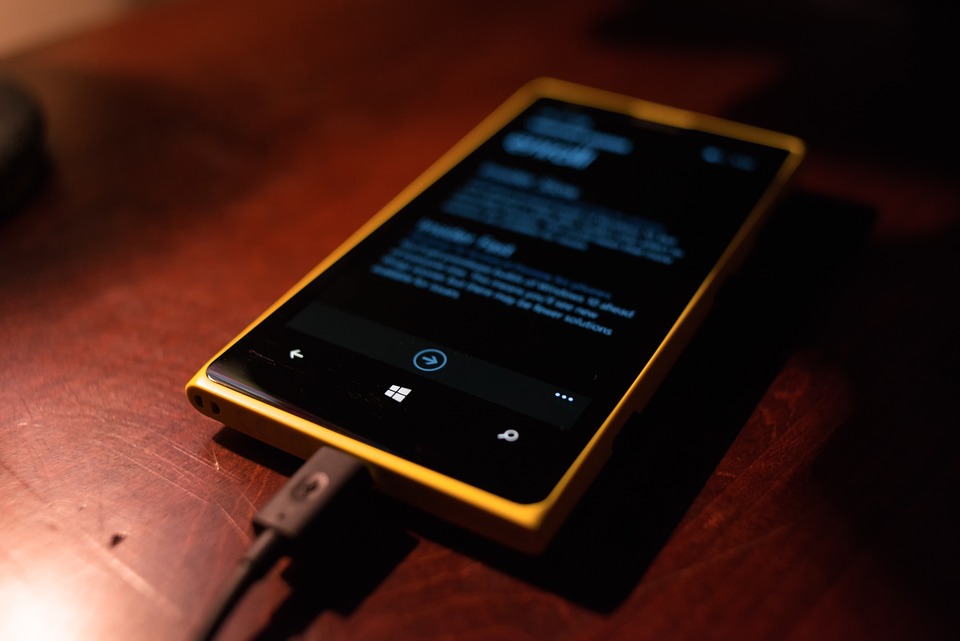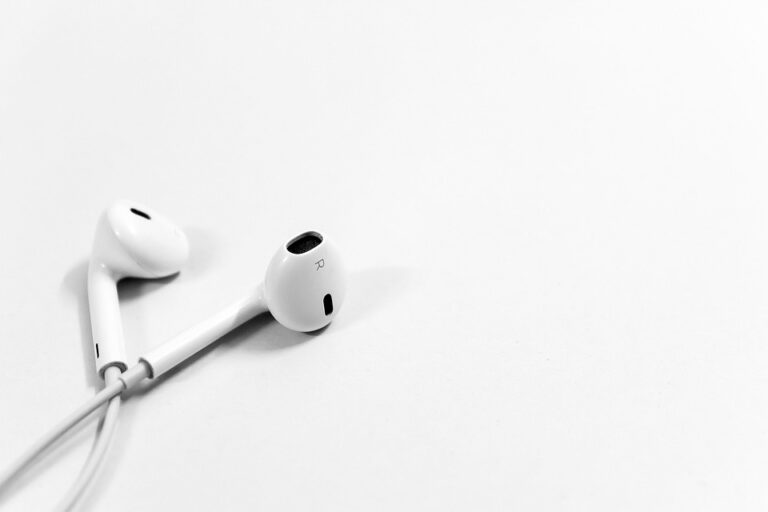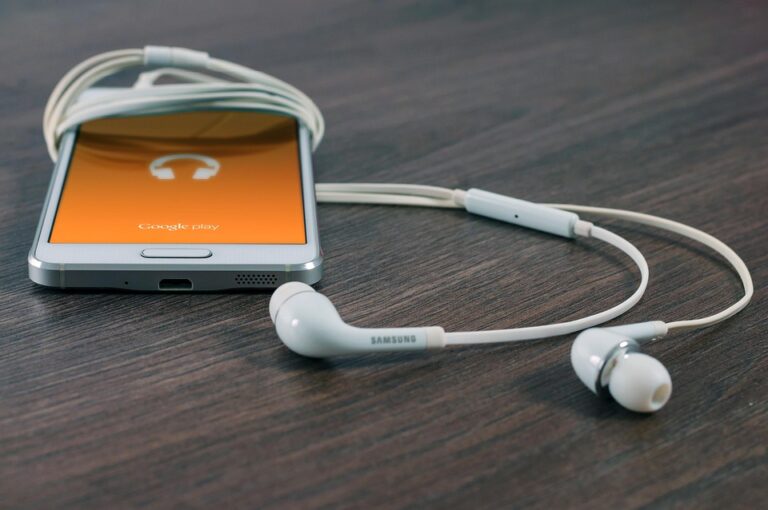
Understanding the Common Types of Charging Cables: A Comprehensive Guide for Smart Consumers
In our increasingly digital world, the humble charging cable has become an indispensable companion. Yet, with a myriad of options available, how can one navigate the labyrinth of cables to make an informed choice? Let’s delve into the common types of charging cables, exploring their unique characteristics, uses, and the nuances that differentiate them.
1. USB-A: The Old Guard
USB-A has long been the standard for various devices. Characterised by its rectangular shape, this connector has graced countless gadgets over the years. While its ubiquity is undeniable, it’s worth questioning: is USB-A still relevant in an age where speed and efficiency reign supreme? The answer lies in its compatibility—many power banks and older devices still rely on this stalwart. However, as technology evolves, we see newer formats encroaching on its territory.
2. USB-C: The Future is Here
Enter USB-C, the modern marvel of charging technology. Its reversible design and ability to transfer both power and data at remarkable speeds (up to 100W) set it apart from its predecessors. Moreover, USB-C supports a wide array of devices—from smartphones to laptops—making it the quintessential jack-of-all-trades. Yet, one must ponder: will USB-C eventually render all other types obsolete? The answer may be yes, as more manufacturers adopt this versatile standard.
3. Lightning: Apple’s Exclusive Club
For those entrenched in the Apple ecosystem, the Lightning cable is a familiar sight. This proprietary connector is known for its sleek design and impressive performance, particularly in charging speed. However, it does raise questions about compatibility and consumer choice. Should Apple consider embracing USB-C across its product line? After all, standardisation could simplify life for millions of users, fostering a more unified tech experience.
4. Micro-USB: The Transitional Phase
Micro-USB cables were once the go-to for many Android devices. While they are still prevalent, especially in budget gadgets, their limitations in speed and durability have led to a decline in popularity. It begs the question: in a world rapidly moving towards USB-C, is micro-USB destined for obsolescence? Users may soon find themselves scrambling for adapters as manufacturers phase out this connector.
5. Specialty Cables: Beyond the Basics
Beyond the mainstream cables, there exists a plethora of specialty cables designed for specific functions. For instance, some cables support fast charging protocols such as Qualcomm Quick Charge or Power Delivery. Others may include additional features like built-in data transfer capabilities or enhanced durability for outdoor use. When considering your options, it’s prudent to assess your specific needs. Are you a frequent traveller? A gamer? Understanding your usage can guide you towards the right choice.
The Bigger Picture
As we dissect the various types of charging cables, it becomes evident that consumer awareness is crucial. Knowledge about the capabilities and limitations of each cable type can significantly impact your overall tech experience. Moreover, as technology continues to evolve, the onus is on the consumer to stay informed and make judicious choices.
In a world brimming with options, BargainsTrust remains committed to providing you with curated insights on the best products available. Whether you’re hunting for the latest tech or simply seeking to understand your current gadgets better, we’ve got you covered. Embrace smart consumerism—after all, a well-informed choice today can save you both time and money tomorrow.






